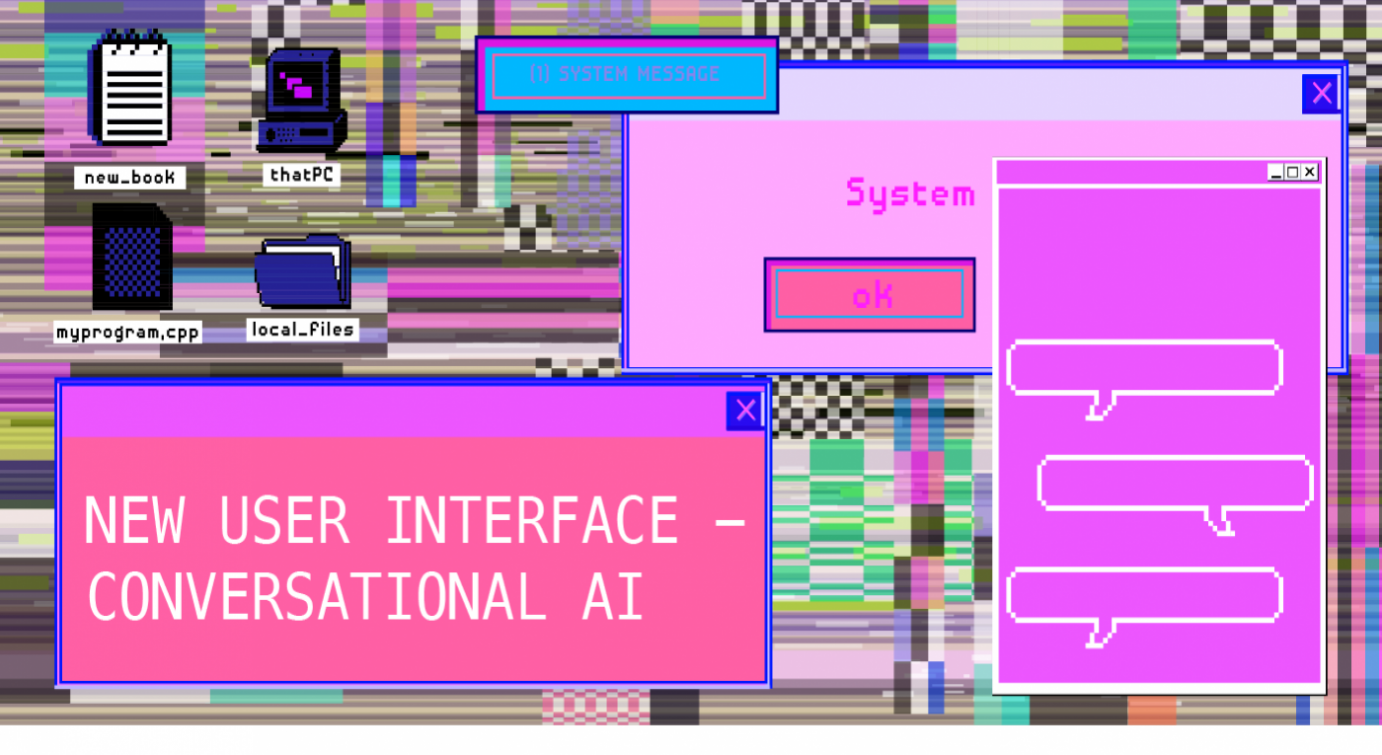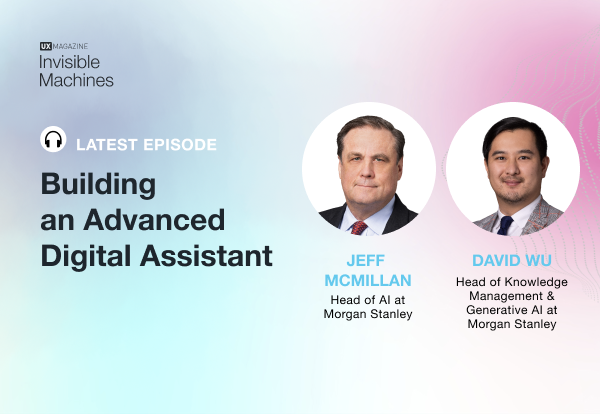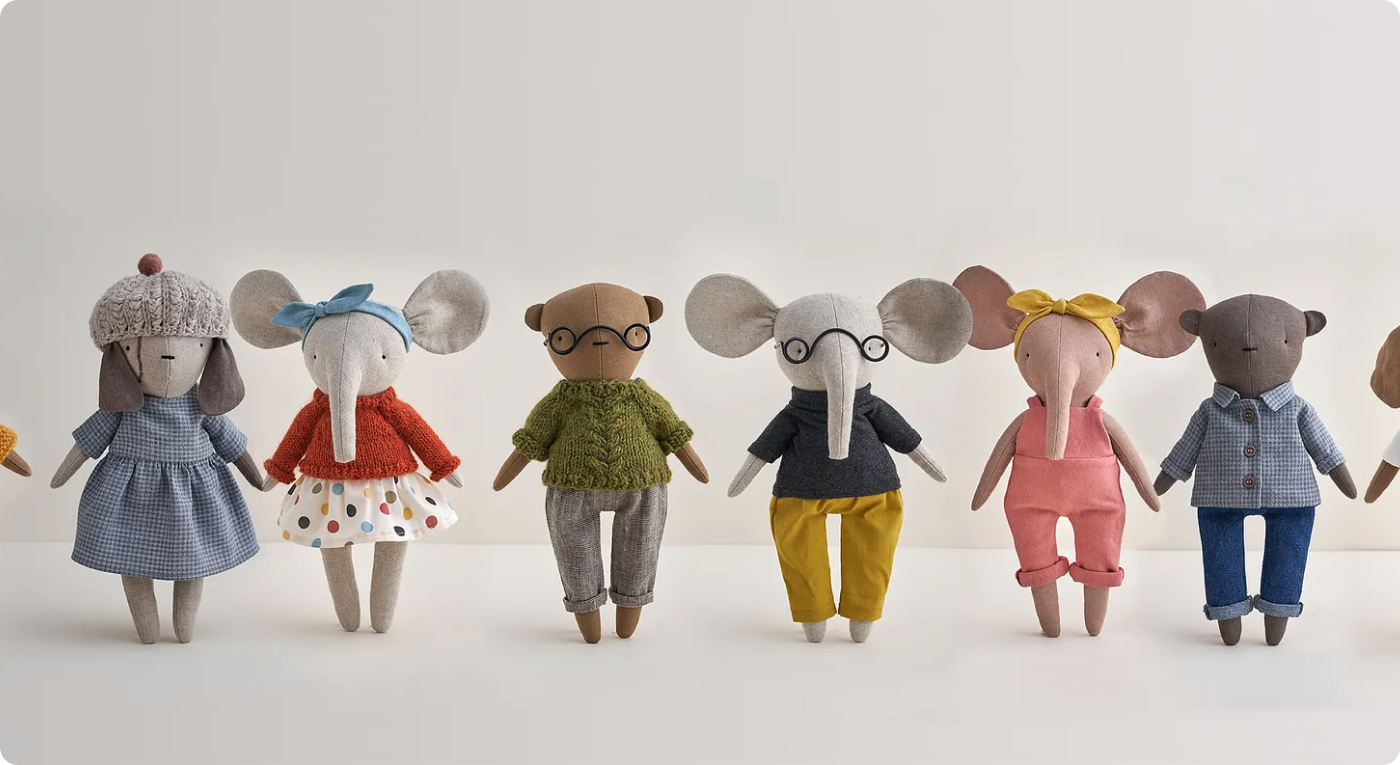Share:Hiring Conversational Designers with Aaron Cooper, Banner Health’s Sr. Dir. of Digital Experience

We stand with Ukraine and our team members from Ukraine. Here are ways you can help
- April 18, 2024
Article by Josh Tyson
1 min read
- April 18, 2024
Article by Alipta Ballav
2 min read
- Artificial Intelligence, Design, Design Theory, Things UX People Like
From Design Thinking to AI Thinking
- The article outlines a paradigm shift from Design Thinking to AI Thinking, emphasizing the integration of LLMs into various sectors to enhance problem-solving through conversational interfaces.
Share:From Design Thinking to AI Thinking
Share this link
- April 16, 2024
Article by
9 min read
Neurodesign: 7 Tips for Deeper Emotional Engagement
- The article delves into seven neurodesign strategies aimed at enhancing emotional engagement with digital products, backed by examples and key benefits associated with their implementation.
Share:Neurodesign: 7 Tips for Deeper Emotional Engagement
Share this link
Conversational ai is changing the nature of every job at every company starting yesterday.
The Disruption of Customer Experience: How Conversational AI is upping UX and CX standards
- By transforming the way humans interact with technologies and making them more accessible to the public, conversational AI is raising the bar for customer experience.
- One of the most tangible impacts of conversational AI has been on customer support and sales conversion. Thanks to the automation of conversations, the load on human staff is reduced, which leads to greater customer and employee experience.
- As technological development advances, more opportunities to make good use of conversational AI will emerge. Nevertheless, it’s also necessary to not underestimate potential challenges related to legacy systems, data availability, shortage of conversational AI specialists.
Share:The Disruption of Customer Experience: How Conversational AI is upping UX and CX standards
Share this link
13 min read

4.29 average rating
There’s a ton of noise, promises and exaggerations flying around. Here’s a breakdown of the sixteen conversational AI platforms in Gartner’s 2019 Market Guide.
Share:A Six-Minute Breakdown of Gartner’s Top Conversational AI Platforms
Share this link
11 min read

Article by Josh Tyson
Share:Lean Knowledge Management with Roger Forsgren, former Chief Knowledge Officer at NASA
Share this link
- April 11, 2024
1 min read

- Research Methods and Techniques, The Evolution of Research, Things UX People Like, UX Education
Article by Lawton Pybus
How to Think About UX Research Failures
- The article examines how UX research studies can fail due to issues in design, analysis, and generalization, using case studies to highlight each category’s importance in maintaining research integrity and relevance.
Share:How to Think About UX Research Failures
Share this link
- April 9, 2024
6 min read

Article by Josh Tyson
Share:Knowledge Management Challenges and Building Advanced Digital Assistants at Morgan Stanley
Share this link
- April 4, 2024
1 min read




